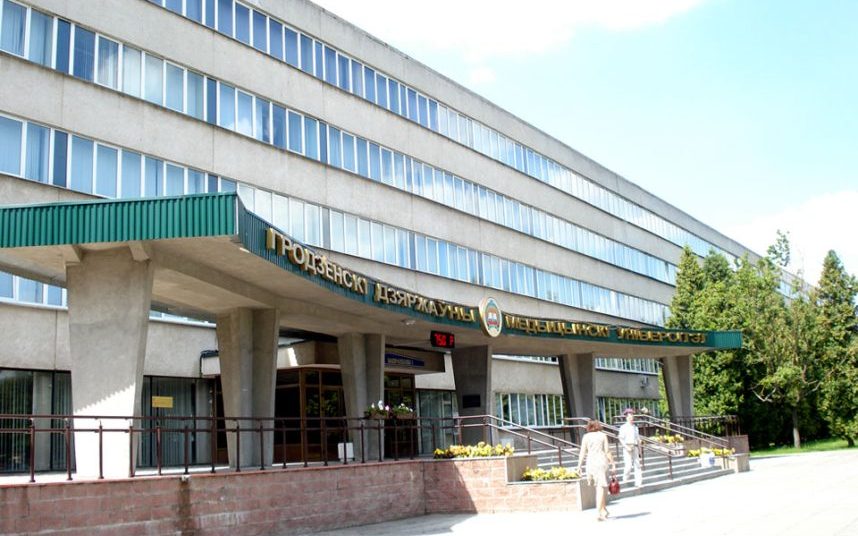- Monday - Friday 09:00 am - 05:00 Pm
- 59A, Alexandra Place, Colombo 7

Belarus
OFFICIAL NAME: Republic of Belarus
FORM OF GOVERNMENT: Unitary presidential republic
CAPITAL: Minsk
POPULATION: 9.4 Million
OFFICIAL LANGUAGE: Belarusian, Russian
MONEY: Belarusian ruble (BYN)
AREA: 80,153 square miles (207,595 square kilometers)
FORM OF GOVERNMENT: Unitary presidential republic
CAPITAL: Minsk
POPULATION: 9.4 Million
OFFICIAL LANGUAGE: Belarusian, Russian
MONEY: Belarusian ruble (BYN)
AREA: 80,153 square miles (207,595 square kilometers)
Belarus, the largest landlocked country in Europe, sits in Eastern Europe, bordering Russia to the northeast, Ukraine to the south, Poland to the west, and Lithuania and Latvia to the northwest. Its central location along major transit routes make it a vital transportation link between the Baltic Sea and the Black Sea, part of Eurasia’s key transport corridors. Independent since 1991 after being a USSR republic for 70 years, Belarus has strong ties with Russia, as seen in a 1999 treaty for closer political and economic integration. Officially, Belarusian (24%) and Russian (70%) are spoken, with minorities using Polish and Ukrainian. The population is mainly ethnic Belarusians, known for their warm hospitality.
Approximately 40% of the nation is covered in forests, with Białowieża Forest being one of the few remaining parts of the vast ancient forest that once extended across the European plain. Belarus features a mainly flat terrain dotted with hills, marshes, and lakes, part of the Baltic and Black Sea basins. It boasts 20,800 rivers totaling 90,600km, with the longest, the Dnieper (689km), and nearly 11,000 lakes, including Naroch (79.6m2) and Dolgoye (53.6m deep). Its economy relies on industry, agriculture, and a flourishing IT sector, notably in Minsk, the primary industrial center. Belarus’ economic model blends market socialism with centralized oversight. The Belarus High Tec Park (HTP) is a leading IT cluster in Central and Eastern Europe, home to EPAM Systems, IBA Group, and other tech giants, with notable products like World of Tanks and Viber originating from HTP.
Belarus has a temperate-continental climate typical of Central Europe, with hot summers, cold winters & distinct seasons. The average annual temperature is around 7°C and snowfall is common from December to early March. There are minor temperature variations between districts due to the country’s size. Winters last 100-120 days with daytime temperatures of -5-0°C, while summers, lasting about 150 days, range from 25-30°C and are generally sunny and dry. Local afternoon and evening thunderstorms are common, occasionally heavy.
Belarus offers prestigious higher education across classical and specialized universities, including medical institutions that attract many international students. Its medical universities, accredited by the WHO, excel in programs like MBBS, dentistry, pharmacy, and nursing, providing top-notch education with experienced faculty, modern facilities, and practical training in partnership with leading hospitals. Degrees from Belarusian universities are globally respected for their quality.
Belarusian medical universities offer excellent hostel facilities and conduct the MBBS course entirely in English, eliminating the need for Russian language proficiency. Graduates receive globally recognized degrees, allowing them to practice worldwide, with a remarkable 100% passing rate for international students. The institutions collaborate with prestigious organizations like World Federation for Medical Education (WFME), International Association of Universities (IAU), Independent Agency for Accreditation and (IAAR), United Nations Population Fund (UNFPA), WHO Country Office in Belarus, Universal Scientific Education and Research Network (USERN), and others, ensuring high-quality education and international recognition. More details can be found in the World Directory of Medical Schools.
Why choose us?
Top institutes
Belarus’s educational landscape shines with a constellation of top-tier universities that have garnered global recognition for their academic prowess, research contributions, and commitment to innovation.

- Grodno State Medical University

- Vitebsk State Medical University

- Gomel State Medical University





